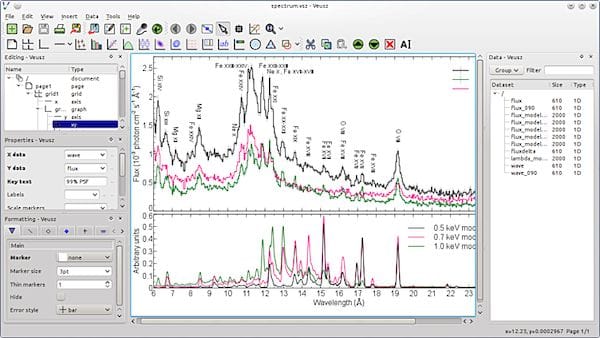
However, the long-term outcome, measured by arthrometric measurements and signs of osteoarthritis, is better whenever the meniscus is preserved. Previous studies have evaluated outcome parameters associated with meniscal repair: The short-term results of meniscal repair in conjunction with ACLR show that patients may have a slightly worse subjective function during the first 6 months. Generally, it was shown that the outcome of meniscal repair performed at the same time as ACLR has better results than meniscal repair alone. Meniscal repair has become a standard procedure accompanying ACLR over the last 2 decades. While return-to-sports in isolated ACLR has been the focus of many publications, little is known about the role that additional meniscal repair may play in this regard. Recent studies have underlined this co-morbidity in ACL ruptures showing that ACL insufficiency increases the risk and severity of meniscal tears. ACL injuries that occur during pivoting or cutting movements have a relevant risk for associated lesions in the menisci. When performing anterior cruciate ligament reconstruction (ACLR), one main goal of surgeon and patient is a safe return-to-sport. Since the recovery of symmetric strength is a major factor in rehabilitation testing, these results will help to advise surgeons on appropriate rehabilitation protocols and setting realistic goals for the injured athlete. Interestingly, medial repairs seem to perform superior to lateral meniscal repair and repair of both menisci. Generally, meniscal repair in conjunction with ACLR does not significantly alter the recovery of limb symmetry in strength at 6 months postoperatively.

Patients undergoing BM repair performed in between lateral and medial repairs (82% extension, 86% flexion). Subgroup analysis showed that medial repairs exhibit a comparable leg symmetry while lateral repairs performed worse with leg symmetry being 76% in extension and 81% in flexion strength. Six months postoperatively overall there is no significant difference between the groups (extension strength MR 82% vs. All injuries were unilateral, and the outcome measures were compared to the non-affected contralateral leg. Isokinetic strength measurement was performed pre-operatively and 6 months post-surgery to perform a cross-sectional and a longitudinal analysis. The subgroups of meniscal repair consisted of 30 patients who had undergone medial meniscus repairs (MM), 19 lateral meniscus repairs (LM) and 12 repairs of medial and lateral meniscus (BM). We performed a matched cohort analysis of n = 122 isolated ACLR (CON) compared to n = 61 ACLR with meniscal repair (ACLR + MR).

Therefore, the aim of this study was to investigate the effect of meniscal repair on the early recovery of thigh muscle strength in ACL reconstruction (ACLR).

Generally, the rehabilitation protocols are altered by meniscal repair. Ruptures of the anterior cruciate ligament (ACL) can be accompanied by meniscal lesions. et al. The effect of meniscal repair on strength deficits 6 months after ACL reconstruction. The effect of meniscal repair on strength deficits 6 months after ACL reconstruction Wenning, M., Heitner, A.H., Mauch, M.


 0 kommentar(er)
0 kommentar(er)
